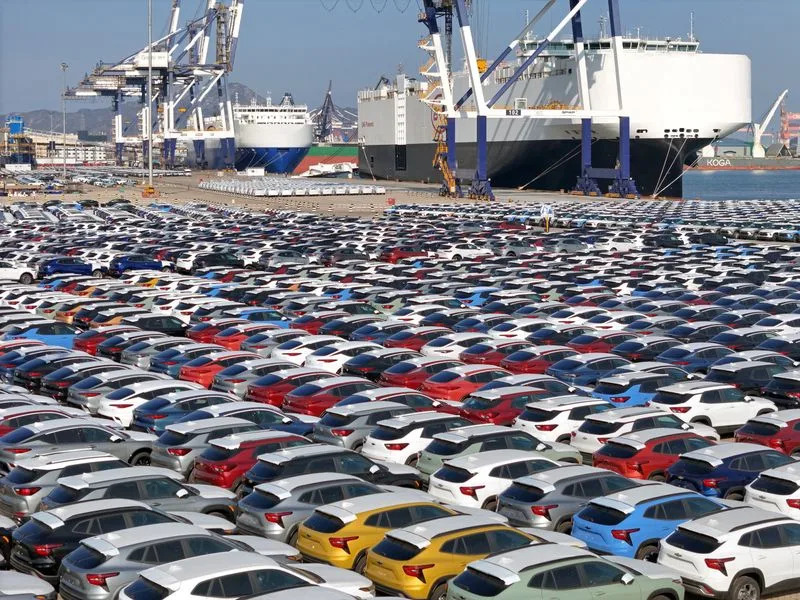Mackenzie Hawkins
Thu, February 8, 2024

(Bloomberg) -- US lawmakers say five top venture capital firms, including Sequoia Capital, have fueled China’s technological rise with at least $3 billion of investments in key strategic sectors.
Almost two-thirds of the investment from Sequoia and its peers — including Qualcomm Ventures, Walden International, GSR Ventures and GGV Capital — has gone to Chinese artificial-intelligence companies that have supported the country’s military and enabled human rights abuses, the bipartisan US House Select Committee on China said in a report. More than $1 billion has gone to Chinese semiconductor firms, the panel said, as chip technology has become a key geopolitical battleground between Washington and Beijing.
Some of the firms criticized the report as outdated or exaggerated. It follows a months-long investigation into years of China investments by the five VC giants. The lawmakers called out investments into companies like ByteDance, TikTok’s parent company, as well as entities that are now blacklisted by the US. VC firms also invested $35 million in a Chinese semiconductor firm after it was sanctioned, the report says, without naming the specific firms involved.
Sequoia Capital said in a statement that “we take US national security issues seriously and have always had processes in place to ensure compliance with US law.” It said its Chinese offshoot is now “fully independent” with its own brand, HongShan.
“Qualcomm Ventures invests in companies worldwide as part of its engagement with the global technology ecosystem,” spokesperson Christie Thoene said in a statement. “Qualcomm’s investments are generally small in any given market compared to venture firms and constitute less than 2% of the total investments discussed in today’s report.”
The remaining three firms didn’t respond or couldn’t immediately be reached for comment on the committee’s findings, which were reported earlier by the Wall Street Journal.
The US has been working to curb China’s development of advanced semiconductor technology and AI models, citing the prospect that cutting-edge technology could give Beijing a military edge. President Joe Biden has issued restrictions on shipments of chips and chipmaking equipment to China, and is standing up a screening program for US investments in key strategic sectors including AI, semiconductors and quantum computing. A broad bipartisan effort to codify those investment restrictions failed late last year due to some Republican opposition, and key lawmakers have been meeting over the past several months to try to hash out a deal.
“Decades of investment — including funding, knowledge transfer, and other intangible benefits — from US VCs have helped build and strengthen” China’s priority sectors,the lawmakers wrote in their report.
Reuters
Thu, February 8, 2024

Cars to be exported sit at a terminal in the port of Yantai
(Reuters) - The Biden administration is considering restricting imports of Chinese "smart cars" and related components amid growing U.S. concerns about data security, Bloomberg News reported on Thursday, citing people familiar with the matter.
The measures would also apply to electric vehicles and parts originating from China, no matter where they are assembled, in a bid to prevent Chinese makers from moving cars and components into the United States through third countries such as Mexico, the report said.
The measures could also apply to other countries about which the U.S. has data concerns, Bloomberg said.
According to the report, U.S. officials are particularly concerned about the troves of data collected by so-called smart cars, including EVs and other types of connected and autonomous vehicles.
(Reporting by Angela Christy and Shivani Tanna in Bengaluru; Editing by Rashmi Aich and Gerry Doyle)

















